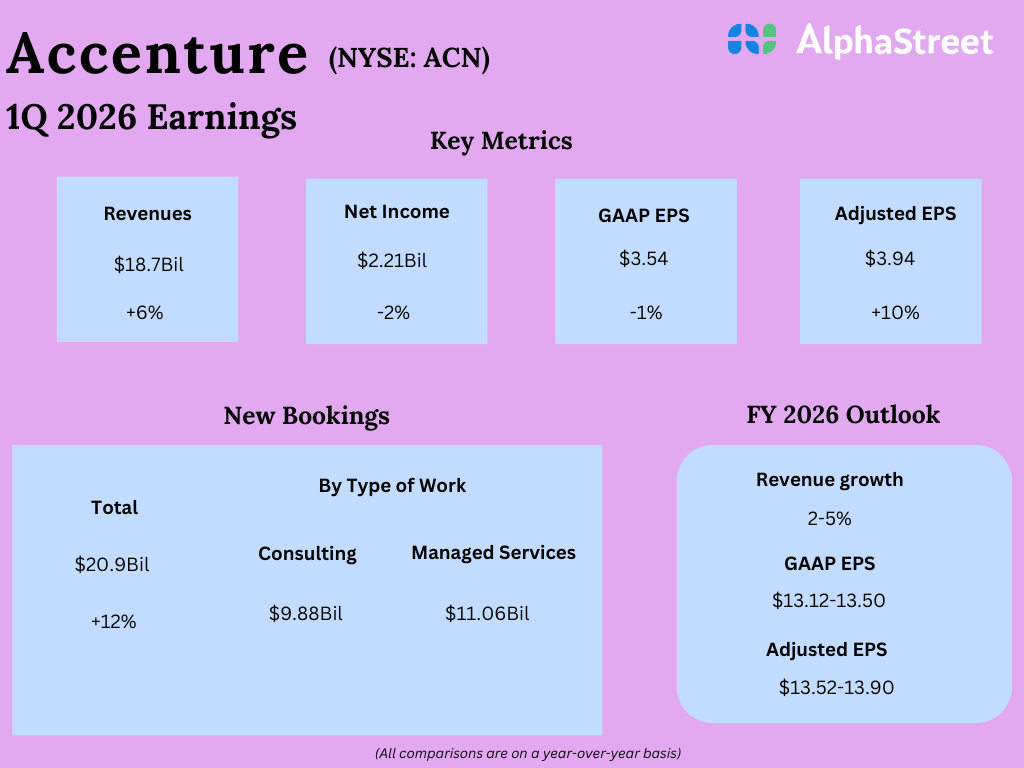In This Article
This article is presented by the National Real Estate Insurance Group.
Every real estate investor understands the value of keeping their properties occupied. Having a steady tenant means consistent income, lower maintenance costs, and fewer headaches overall.
But what about times when your property sits vacant? Whether between tenants, during renovations, or while on the market, vacancy can invite unwanted guests, and we’re not talking about pests or critters. Squatters present a uniquely challenging threat that every investor should take seriously.
According to the National Vacant Properties Campaign, vacant properties can see crime rates nearly double those of occupied properties, including vandalism, theft, and arson. Squatters, in particular, can wreak havoc far beyond mere inconvenience. They can cause significant damage, lead to costly legal battles, and even leave investors facing substantial financial liabilities.
We’ll explore the realities investors face when dealing with squatters. You’ll learn about the common ways squatters gain access, the costly consequences of ignoring this risk, and why standard homeowners or landlord insurance policies often fall short when properties are left vacant. Most importantly, we’ll discuss the critical need for proper, specialized insurance coverage to ensure your investment and peace of mind are thoroughly protected.
How Squatters Get in, and Why They Stay
Understanding how squatters gain entry to your vacant property and why they choose to remain there is crucial for protecting your investment. Let’s explore these key factors in detail.
Common entry points and vulnerabilities
Vacant properties often advertise their emptiness without the owner even realizing it. Common vulnerabilities include:
Unlocked or poorly secured doors and windows: This might seem obvious, but neglecting basic security invites unauthorized entry.
Neglected landscaping: Overgrown yards and bushes provide perfect cover for squatters attempting to enter unseen. They also visibly signal that the property is vacant.
Overflowing mailboxes and visible flyers: These are clear signals that no one is home.
Poor lighting or darkness: A dark property screams vacancy and presents less risk of squatters being noticed.
Once squatters enter, the property itself can be appealing, particularly if it still has utilities connected, providing comfort without cost.
Why squatters stay
Squatters often stay for reasons beyond simply finding shelter. Your property may offer them:
A perceived sense of security: Even vacant homes feel safer than sleeping outdoors or in shelters.
Low likelihood of immediate detection: If an owner doesn’t regularly inspect the property, squatters feel they can stay undisturbed for a prolonged period.
Legal protection complexities: Squatters can exploit legal protections that complicate eviction processes, allowing them to occupy properties for extended periods without immediate removal.
Challenges in removing squatters
Real estate investors often underestimate the complexity involved in evicting squatters. The legal eviction process is cumbersome, costly, and time-consuming, requiring court involvement and possibly law enforcement intervention. During this time, squatters can continue causing extensive damage, further complicating your investment’s security and profitability.
Recognizing and proactively addressing these vulnerabilities is essential. Implementing clear security measures and conducting regular inspections can significantly reduce the risk of a squatter occupation.
The Damage Squatters Can Cause
Squatters aren’t just a temporary inconvenience. They can become a costly liability that significantly undermines your investment. Once inside, their presence often leads to a cascade of issues, each more expensive and disruptive than the last.
Physical damage: Beyond wear and tear
Squatters frequently cause significant property damage. This isn’t your typical wear and tear; it’s often intentional or due to complete neglect. Common issues include:
Vandalized interiors: Broken doors, shattered windows, graffiti, and holes in walls are just the beginning.
Stolen fixtures: Squatters have been known to strip homes of copper wiring, light fixtures, appliances, and plumbing for resale.
Fires: Whether caused by makeshift heating sources, candles, or illegal drug activity, fires in squatter-occupied properties are alarmingly common and devastating.
Liability landmines
Squatters introduce serious legal risks, especially if someone is injured on your property. Even unauthorized occupants can trigger liability claims under certain state laws. If a squatter or their guest is injured, say by tripping on a loose stair tread, you could be pulled into a lawsuit.
Worse, if the squatter engages in criminal activity or allows dangerous individuals to congregate, your property could become a hot spot for police activity or even subject to municipal violations or condemnations.
You might also like
Mitigation Tips: Protecting Your Vacant Property
While the risk of squatters is real, the good news is that there are practical, proactive steps you can take to deter them and protect your investment. These strategies don’t just prevent entry—they also send a strong signal that your property is actively managed and monitored.
1. Reinforce doors and windows
The most basic deterrents are often the most effective:
Install deadbolts and reinforce door frames to resist forced entry.
Use security bars or safety film on windows, especially in ground-floor units.
Board up windows if the property will be vacant long-term.
2. Install an alarm system or smart surveillance
Modern technology makes 24/7 monitoring accessible and affordable:
Motion-activated lights and cameras are powerful visual deterrents.
Smart doorbells or security apps let you monitor activity remotely.
Alarm systems with signage signal that the property is protected, even if you opt for a low-cost DIY setup.
3. Keep up appearances
Squatters are more likely to target properties that look forgotten:
Maintain landscaping, and hire someone to mow the lawn or shovel snow.
Remove flyers and junk mail from porches and mailboxes.
Keep exterior lights on timers to create the illusion of occupancy.
4. Enlist neighbors and local support
Your best eyes and ears on the ground may be right next door:
Ask trusted neighbors to report any suspicious activity.
Leave your contact info with nearby residents or local businesses.
Inform local police that the property is temporarily vacant, as they may provide additional drive-bys if requested.
5. Schedule regular inspections
Frequent property check-ins are a must:
Inspect weekly or biweekly to detect break-ins, damage, or signs of occupation early.
Hire a property management company if you’re out of state or managing multiple properties.
These strategies aren’t just about protecting your physical asset. They’re also essential steps in demonstrating “due diligence” to your insurer—proof that you took reasonable measures to secure your property, which could make the difference between a paid claim and a denial.
Being proactive doesn’t guarantee protection, but doing nothing all but guarantees trouble. It’s easier to prevent a squatter than it is to remove one.
Insurance Needs for Vacant Properties
Even if you’ve done everything right, locked every door, installed cameras, and trimmed the hedges, your vacant property is still at risk. And if your insurance doesn’t recognize that risk, you could be left footing the bill when things go wrong.
That’s why working with a partner like National Real Estate Insurance Group (NREIG) is critical. NREIG specializes in investor-focused insurance solutions, including vacant property coverage designed to address exactly these scenarios.
Standard policies often fall short
Most landlord and homeowner’s insurance policies are designed for occupied properties. Once a home becomes vacant, many policies automatically reduce or revoke certain coverages:
Theft and vandalism protections are often removed after 30 to 60 days of vacancy.
Water damage from undetected leaks or burst pipes may be excluded.
Fire claims can be denied if it’s found that the property was unoccupied and security was lacking.
If a squatter causes damage or a fire while living in your vacant property, and your insurer deems the property was misclassified, your claim may be denied altogether. Providers like NREIG offer tailored options that remain active even during transitional periods, helping you avoid these costly gaps.
Misrepresentation can void coverage
Insurance carriers expect accurate, timely information about your property. Misrepresenting or failing to report vacancy status can be considered a breach of your policy contract.
“Material misrepresentation” is a leading cause of claim denial.
Some investors avoid telling their insurer a property is vacant, fearing higher premiums, but the consequences of that omission can be financially catastrophic.
Instead of rolling the dice, be transparent and proactive. NREIG makes this easy by offering flexible, month-to-month coverage with the option to adjust your occupancy status as needed.
What proper coverage looks like
When your property is or will soon be vacant, here’s what to look for in a policy:
Named Perils or Vacant Property Coverage: These policies are tailored for the unique risks of unoccupied homes.
Vandalism and Malicious Mischief protection: Specifically covers squatter-related damage.
Liability coverage: Essential if someone (even a trespasser) gets injured on the property.
Short-term flexibility: Policies that can be extended monthly or quarterly to match your vacancy window.
NREIG offers all of the above, backed by a deep understanding of real estate investing. Their programs are built for investors who need agility and comprehensive protection without the hassle of long-term contracts or punitive fine print.
Why it matters more than ever
Increased property crime and squatter-related incidents make it critical to align your insurance strategy with reality. If your property is sitting vacant, even temporarily, it’s not just exposed to loss. It’s potentially uninsurable under your current plan.
With NREIG, you’re not just getting coverage—you’re gaining a partner who understands your risk, timelines, and goals as an investor. Don’t wait until it’s too late to find out your claim won’t be covered.
Protect What You’ve Built, Even When It’s Vacant
Vacant properties aren’t just idle assets; they’re potential liabilities waiting to happen. Squatters can turn your investment into a legal, financial, and operational nightmare almost overnight. From fires and theft to expensive lawsuits and insurance claim denials, the risks are simply too great to leave unaddressed.
As a real estate investor, the smart move isn’t just reacting when something goes wrong. It’s preparing now, by locking down your property, inspecting regularly, and most importantly, carrying the right insurance coverage.
That’s where National Real Estate Insurance Group (NREIG) makes all the difference. With investor-tailored coverage options, flexible terms, and expertise in vacant property risk, NREIG helps you stay protected, no matter what stage your property is in. Whether you’re between tenants, waiting for a renovation crew, or prepping for a sale, they offer specialized solutions that adapt to your situation.
NREIG’s Vacant Property Program is designed to keep you covered during those high-risk, transitional periods. You can choose monthly reporting, adjust your occupancy status, and get coverage for things like vandalism, fire, and liability exposure, all in one streamlined policy. Plus, they offer extras like the Tenant Protector Plan®, which adds another layer of security when your property is occupied again.
So before you leave that next property sitting empty, ask yourself: Are you really protected?
Take control today. Get a custom quote from NREIG and find the right protection for your vacant property. Because safeguarding your investment shouldn’t be optional—it should be automatic.


























